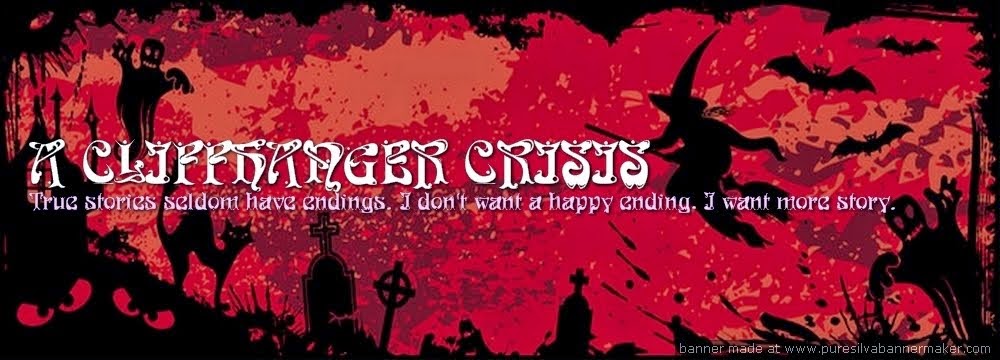Published May 21st 2018 by Knopf Publishing Group
Goodreads Synopsis
The full inside story of the breathtaking rise and shocking collapse of a multibillion-dollar startup, by the prize-winning journalist who first broke the story and pursued it to the end in the face of pressure and threats from the CEO and her lawyers.
In 2014, Theranos founder and CEO Elizabeth Holmes was widely seen as the female Steve Jobs: a brilliant Stanford dropout whose startup "unicorn" promised to revolutionize the medical industry with a machine that would make blood tests significantly faster and easier. Backed by investors such as Larry Ellison and Tim Draper, Theranos sold shares in a fundraising round that valued the company at $9 billion, putting Holmes's worth at an estimated $4.7 billion. There was just one problem: The technology didn't work.
For years, Holmes had been misleading investors, FDA officials, and her own employees. When Carreyrou, working at The Wall Street Journal, got a tip from a former Theranos employee and started asking questions, both Carreyrou and the Journal were threatened with lawsuits. Undaunted, the newspaper ran the first of dozens of Theranos articles in late 2015. By early 2017, the company's value was zero and Holmes faced potential legal action from the government and her investors. Here is the riveting story of the biggest corporate fraud since Enron, a disturbing cautionary tale set amid the bold promises and gold-rush frenzy of Silicon Valley.
My Review

“A sociopath is often described as someone with little or no conscience. I’ll leave it to the psychologists to decide whether Holmes fits the clinical profile, but there’s no question that her moral compass was badly askew.”
I seldom read non-fiction. Fantasy is where my heart lies. But when this book popped up in my Goodreads recommendations, I couldn't help but be intrigued by its premise. I'd vaguely heard about the infamous Elizabeth Holmes and her now defunct health care startup Theranos. The story of a young self made female billionaire in the Silicon Valley turning out to be a fraud after 15 years of duping investors and the public alike into believing that her company had come up with ground breaking healthcare technology, was sad and riveting at the same time. I decided to break norm and give the book a try.
What I wasn't prepared for was a tale of insanely audacious fraud, severely compromised morals, a highly toxic work environment, corporate espionage, and at the height of it all, a young woman with a vision who got sidetracked by ambition and lost sight of what's important. Having worked at a "super-unicorn" like Facebook, I'm well familiar with the "move fast, break things" ideology that seems to be so popular in the Valley. The fake-it-till-you-make it approach to problems doesn't pose that much of an issue for software based tech startups, but it takes on a whole new dangerous meaning for health care companies where people's lives are at stake.
Relying on incorrect blood tests that Theranos provided could've proved to be disastrous.
“A false positive might cause a patient to have an unnecessary medical procedure. But a false negative was worse: a patient with a serious condition that went undiagnosed could die.”
John Carreyrou mentions instances in his book from firsthand patient accounts who had fallen prey to a case of false positive, in which the patient lost thousands of dollars on unnecessary tests when the incorrect Theranos blood tests indicated that she might have a stroke. But even the possibility of either of these two nightmarish scenarios materializing into reality couldn't deter Elizabeth Holmes.
“By all accounts, she had a vision that she genuinely believed in and threw herself into realizing. But in her all-consuming quest to be the second coming of Steve Jobs amid the gold rush of the “unicorn” boom, there came a point when she stopped listening to sound advice and began to cut corners. Her ambition was voracious and it brooked no interference. If there was collateral damage on her way to riches and fame, so be it.”
“...actions that ranged from blackmailing her chief financial officer to suing ex-employees, she had displayed a pattern of ruthlessness...”
Holmes surrounded herself with powerful people from the very starting (like Rupert Murdoch and Henry Kissinger). She even had a star studded board of directors including people like James Mattis and David Boeis (something that was just for show since she had veto rights and no decision was made without her consent). The rosy image of a future where thousands of blood tests could be performed by taking just a few drops of blood from the finger was so enthralling that companies like Walgreens and Safeway hastened to jump on the Theranos bandwagon after suffering a severe case of FoMo. The absence of peer reviewed medical publications outlining her technology in no way prevented her from establishing a nine billion dollar unicorn in the middle of Valley.
I loved the amount of meticulous detail with which John Carreyrou tells Theranos' story. It is easy to see why he has been the recipient of two Pulitzers. The book has an ominous tone to it. Even though I already knew what was going to happen next, I could feel myself breathless with anticipation as I waited for the events to unfold. The instances where he mentions that the company hired PIs to tail its former employees and how callously people were fired for questioning the way the company operated were particularly jarring.
I would highly recommend this book to everyone. It's way more detailed and well structured than the HBO documentary. And this book should be treated not just like a piece of investigative journalism but also as a tale of caution. Because, as Nihar Satpathy has so wisely said: Truth may sometimes appear to be unpalatable and unreasonable. But ultimately, it finds its own way to establish itself.



